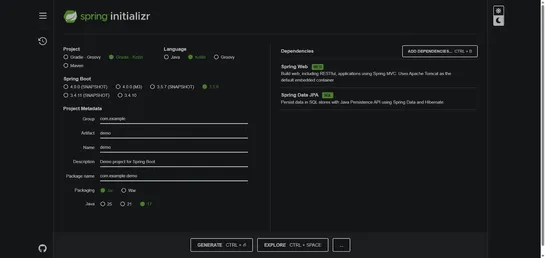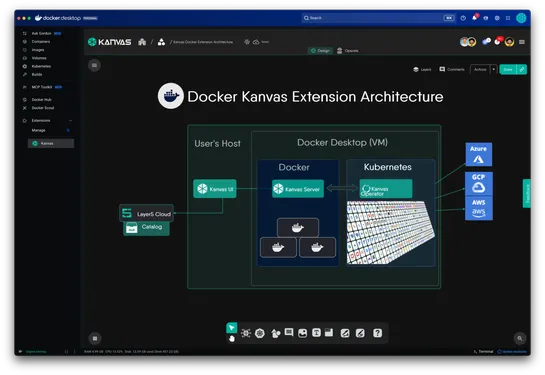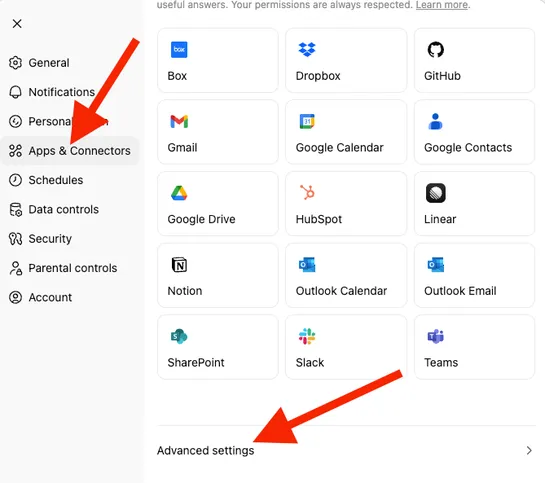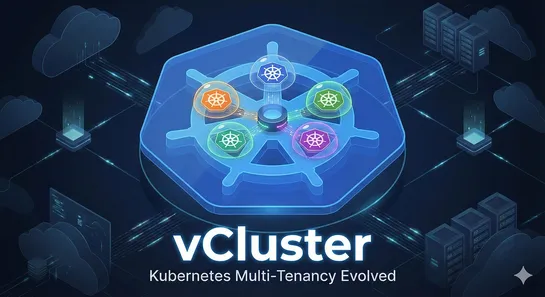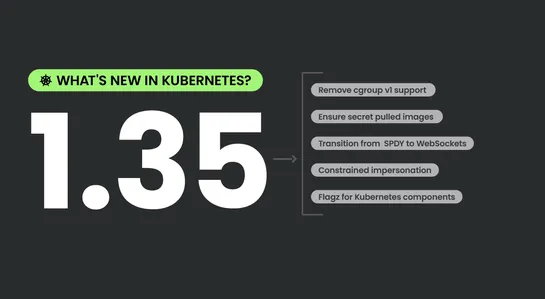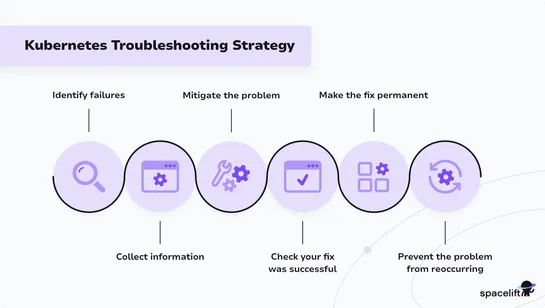Kubernetes Made Simple: A Guide for JVM Developers
A sharp walkthrough for JVM devs shipping aKotlin Spring Boot app on Kubernetes. It covers the full deployment arc, packaging with Docker, wiring upDeploymentandServicemanifests, and managing config withConfigMapsandSecrets. There's a cleanPostgreSQLintegration baked in. It even gets intoheader-base.. read more

